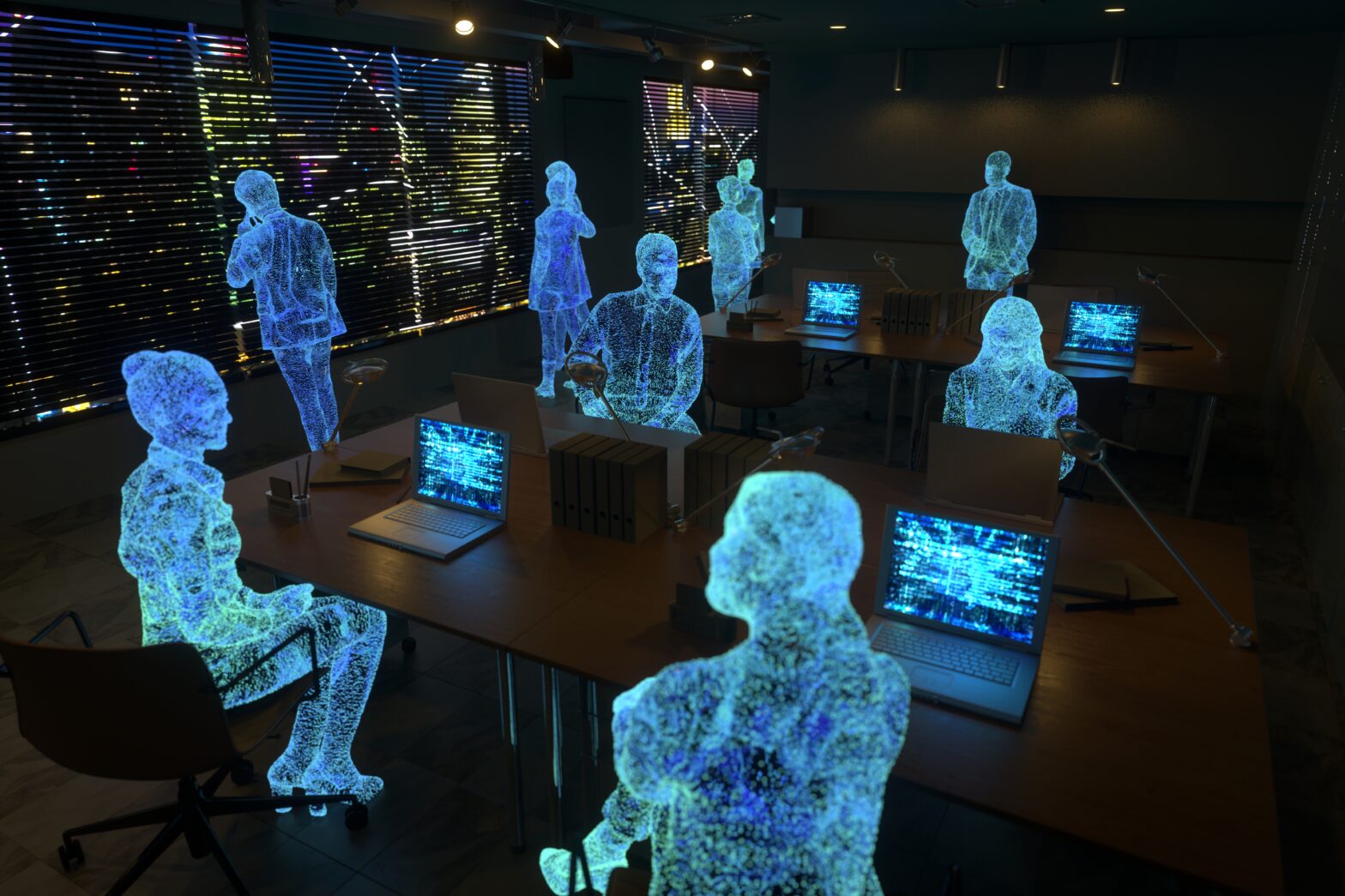With so many tech notions being born every day, we often confuse or interchange concepts, which sometimes makes the technology selection more complicated than it needs to be. This can be the case with immersive technologies and warrants further definition.
“A lot of people use those terms interchangeably or inconsistently,” said Hulbert. “AR refers to the overlay of digital content in the real world to some degree and is a tool that can be used for wayfinding, remote collaboration and visualisation.
“Mixed reality is AR with much more powerful abilities to truly place digital objects in the real world. Mixed reality offers a level of fidelity that that requires specialised devices often equipped with eye-tracking, gaze and gesture control. Such capabilities can bring technology assisted procedures and training experiences to a new level.
“With virtual reality, the power lies in being fully immersed in a virtual world. People can feel comfortable and quickly interact within a familiar environment or with other people. In virtual reality you can’t see your hands or feet, nor can you walk around as you would in the real world, which makes the experience very different from mixed reality,” said Hulbert.

Realising value
At Avanade, Hulbert’s team works with clients to realise the full value that can be achieved with immersive technologies including the Microsoft HoloLens, which are powerful smart glasses that initially became available as a development edition in 2016. Since then, according to Hulbert, the glasses have come a long way.
“HoloLens 1, the first generation, required companies or teams to write most of the software to create an immersive experience. When we spoke with clients, we found they weren’t committed to the effort and resources to create their own custom software,” he said.
“Teams played with it and came up with some interesting proofs of concept, but were not able to drive real value or commitment to the strategy. It was a struggle.
“For HoloLens 2, we are looking at leveraging applications that are ready to use immediately to show the value and power, rather than teams having to build everything from scratch.”
Five years on, with HoloLens 2, Hulbert believes that previous limitations are mitigated with more 3rd party software and leveraging the cloud. “Many of the services in the space now are based in the cloud. Cloud infrastructure allows for immersive software on the Hololens to be set up in a matter of days, which can prove useful for critical industries like healthcare and manufacturing.”
An example of how immersive technology can make a genuine human impact was for the UK Ventilator Challenge, where Avanade and Microsoft helped a consortium of global manufacturers dramatically increase production to produce the equivalent of 20 years’ worth of ventilators in just 12 weeks, using HoloLens 2 devices to help line staff learn how to assemble ventilators in VR. In fact, Gartner predicts that by 2024, 50% of factory work will be done remotely. Virtual teams will be a reality. As manufacturers move to more virtual environments, supply chain leaders will need to ensure the right mix of on- and off-site labour.
How AI is helping improve the healthcare experience — three use cases
Uses in healthcare and life sciences
Immersive technologies could become mainstream in healthcare and life sciences, according to Hulbert. He identified the following notable use cases that have demonstrated value:
- Increased collaboration: Due to restricted travel during the pandemic, immersive technologies have allowed healthcare professionals to continue collaborating remotely to help provide a better care experience and outcomes.
- Enhanced Training and Education: Training programs can be created with the aid of virtual assistance from experienced healthcare professionals and entire operating rooms can be recreated with realistic virtual patients, hand tracking and natural procedure interactions to enhance education.
- Improved Safety: Immersive technologies can help to increase awareness of possible patient risks and make more informed decisions in preparation of a procedure, for example.
“Once you identify the use cases where immersive technologies can work best for the organisation, the benefits follow. Specifically, when it comes to training, we have found immersive training can be so much more memorable that recall compared to other forms of training is off the charts.”
Improving organisational sustainability
Immersive technologies have also demonstrated great potential in creating a more sustainable environment. Much of this benefit, according to Hulbert, is due to a reduction in travel costs.
“The HoloLens allows users to connect with an on-site expert from anywhere, and documents and specifications can be shared virtually in order to solve problems quicker,” said Hulbert. “It can be just as useful as physically being in the place of work.
“Also, through providing access to training without the need for staff to travel, you can democratise that training and make it more malleable. New skills can be learned in lulls or gaps between busy times.
“There are sure to be further opportunities to improve sustainability but saving travel costs is a clear opportunity present now and will become the new normal in the coming years.”
Looking forward with immersive technologies
“Looking forward five to ten years, while the world may not be completely different, there are things that we will do totally differently thanks to the use of these types of immersive technologies,” Hulbert said.
“There are many powerful aspects in the workplace particularly for healthcare that could be augmented with immersive technologies that we have only begun to explore.
“Overall, when it comes to driving value, immersive technologies are here to stay. It’s not as expensive as you think, and at Avanade we partner with organisations to figure out where it works best within an organisation to drive the greatest value.”










